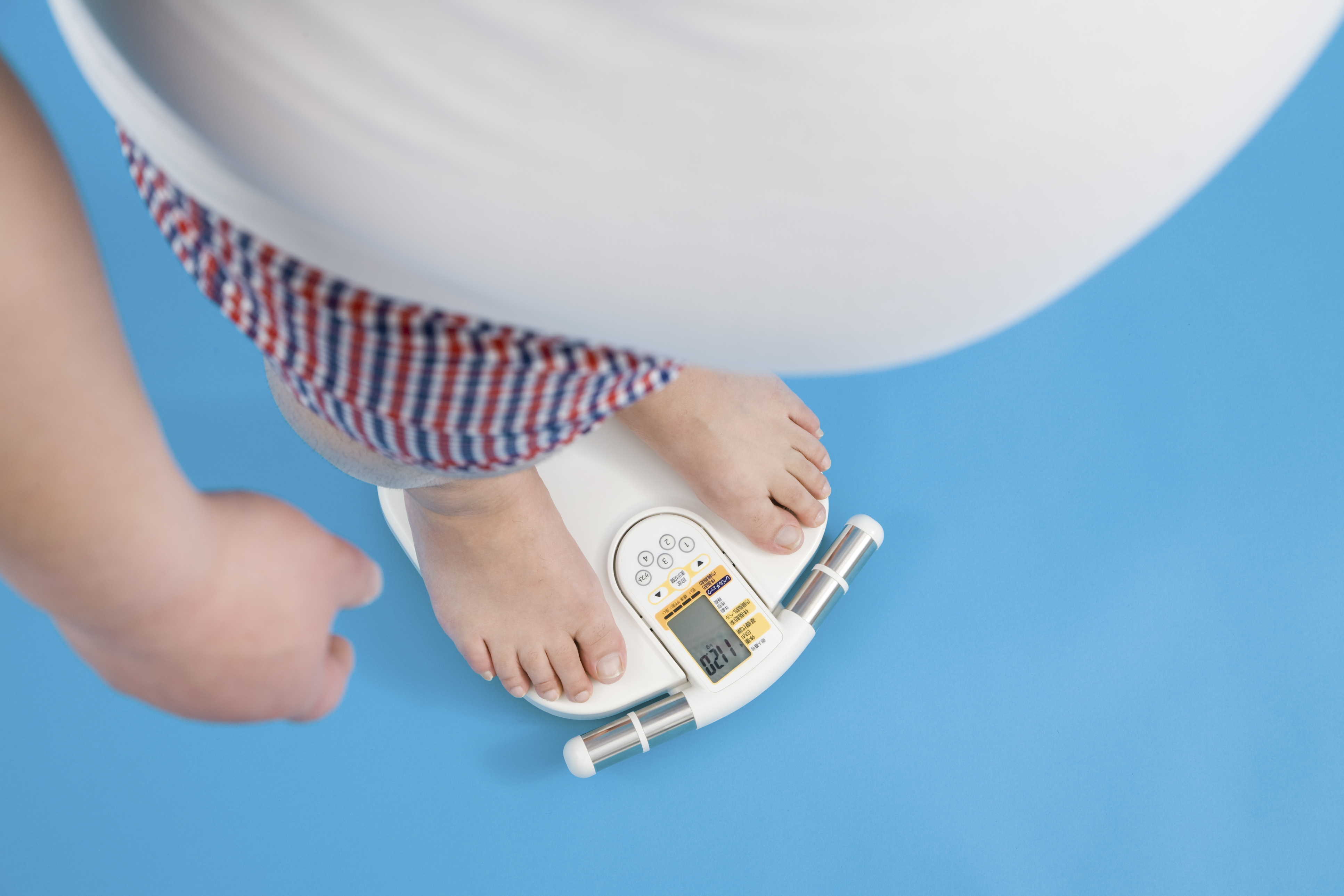
America’s obesity rate keeps rising
The country not only registered a higher obesity rate than last year, it registered the highest rate in the past seven years.
Obesity is still a primary concern for the United States: in 2014 it was the most obese country in the world. However, for those who think it isn’t a huge problem, it is, especially in view of the latest Gallup-Healthways’s study which shows that Americans are not only obese, but more obese than ever. The proof? The national obesity rate rose from 27.1 percent in 2013 to 27.7 percent in 2014. That is the highest percentage since the poll began seven years ago. In 2008, the obesity rate was 25.5 percent.
Not all the states of the country have equal obesity rates, however. The number of obese people is higher in southern and midwestern states. Mississippi is the state with the highest number of people classified as obese: 35.2 percent, 8 points more than national average. It is followed by West Virginia (34.3 percent); Louisiana (33.2) and Arkansas (33.00). Oklahoma (32.6), Alabama (32.1), Kentucky (31.5), Indiana (31.4), Iowa (31.1) and Missouri (30.9) all made it to the “top 10.”
The “least obese” state in the nation is Hawaii, with 19.0 percent, followed closely by Colorado (20.3 percent). Other states with a rate under the average include Montana (23.5), California (23.9), Massachusetts (24.0), Idaho (24.2), South Dakota (24.6), New York (24.7), Minnesota (24.8) and Connecticut (24.9).
Obesity has significantly increased in four states in the past year — Nevada, New Mexico, Alabama and Minnesota — and decreased only in one, Tennessee. According to the poll, 12 states in the nation have an obesity rate higher than 30.0 percent. In 29 states (Pennsylvania among them) the obesity rate is between 25 and 29.9 percent; and in nine it is under 25 percent.
The study also tried to go further, analyzing the effects of obesity on people’s well-being — and not only in terms of health. Gallup and Healthways have studied the impact of obesity on five elements that factor into well-being, which include an individual’s sense of purpose and community, as well as social, financial, and physical aspects of their lives. According to that, obese people range between 29.3 and 17.5 percent more likely (depending on the specific aspect) to be “suffering” than their non-obese counterparts.










LEAVE A COMMENT:
Join the discussion! Leave a comment.